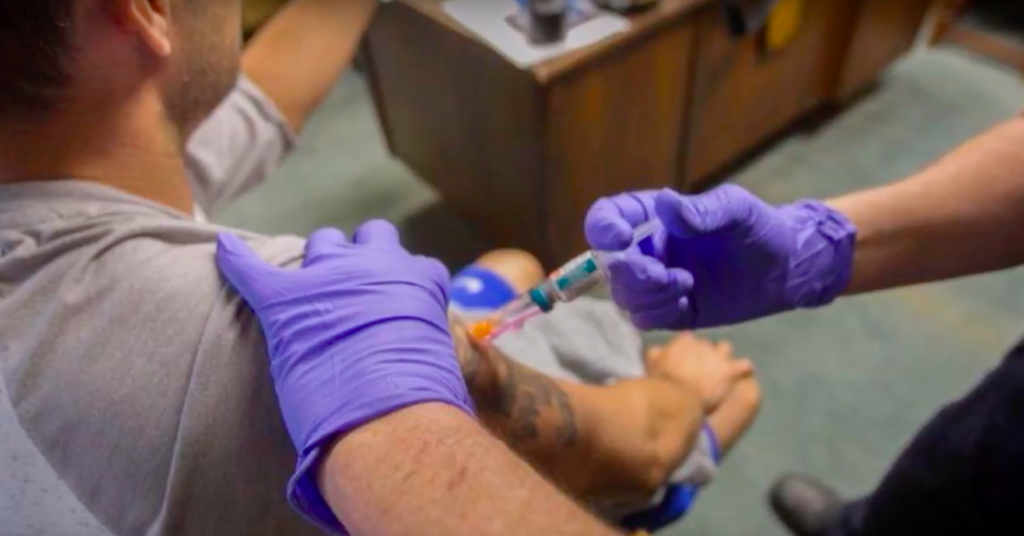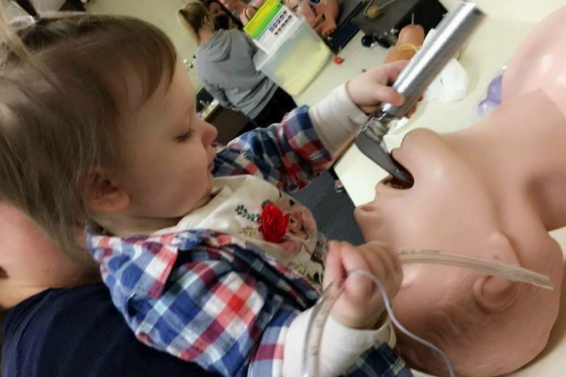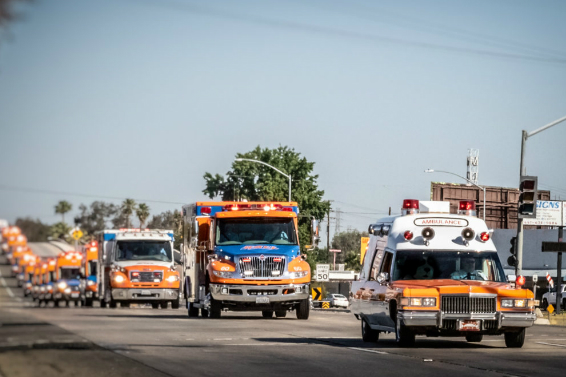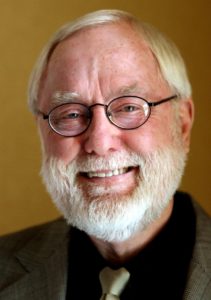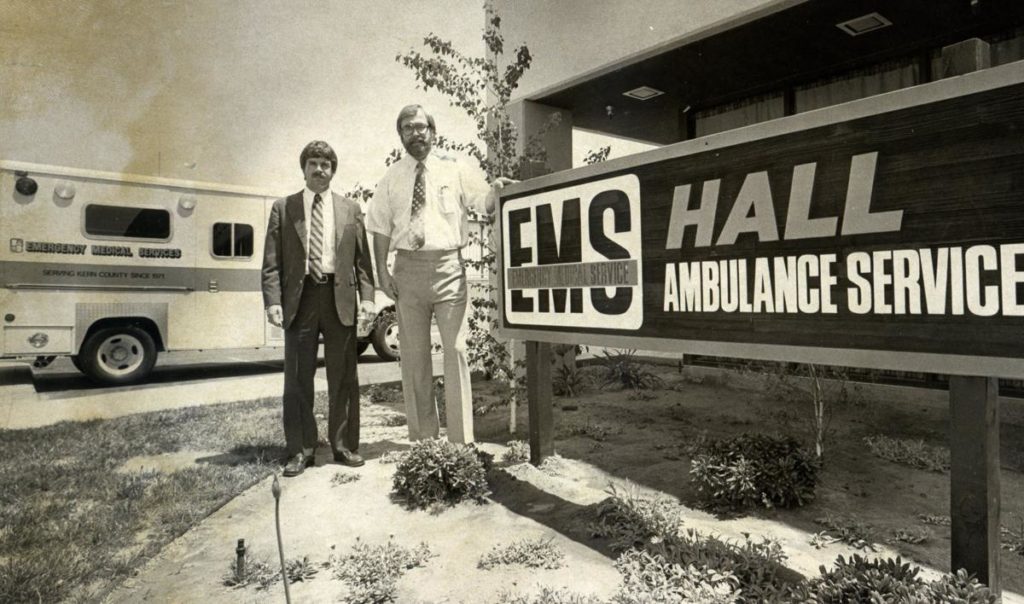Ongoing legislative battles regarding paramedicine in California have begun to highlight a growing divide between emergency physicians and medical directors. The nuanced difference between the two roles can be difficult to articulate at times. Medical directors are generally board-certified in emergency medicine and have their roots in hospital emergency departments. However, the continued growth of prehospital care systems and the advancement of paramedicine has warranted change.
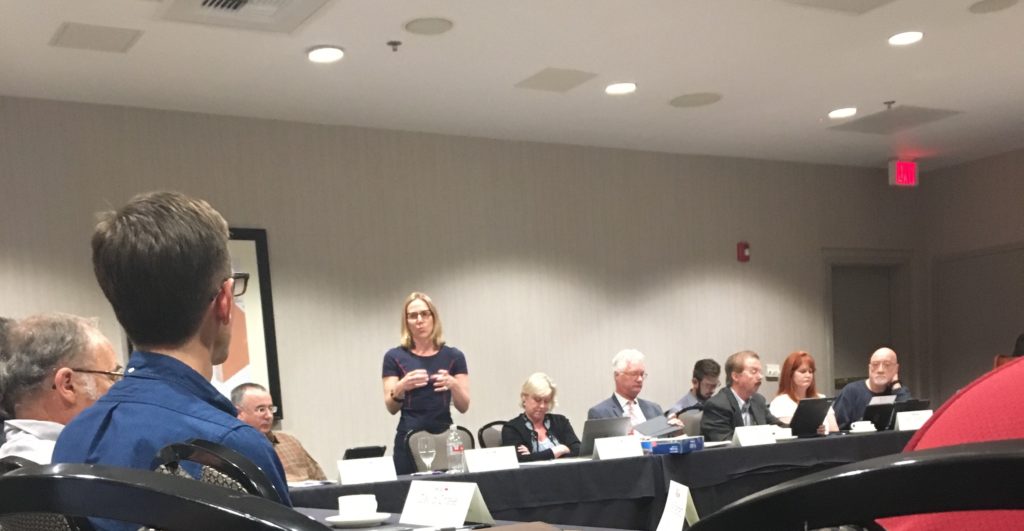
CalACEP President Aimee Moulin speaks to medical directors of California regarding their recent opposition.
In recent years, the medical director community has seen a fast growing sub-specialization in the field of EMS. As with other sub-specializations of medicine, the move recognizes the need for experts, not generalists, to lead the increasingly complex realm of prehospital care.
A recent national effort to discuss the future of EMS, called EMS Agenda 2050, highlighted the importance of patient-centric care. It proposed a prehospital model that will require refinement and advancement in the way care is delivered. This type of change will require the expert leadership of these specialized EMS medical directors. However, recent efforts to modernize California paramedicine through legislation has seen medical directors at odds with their very own emergency medicine base.
A California Assembly proposal (AB-1795) sought to divert specific, non-emergent patients to alternative destinations. This bill was supported by medical directors, hospitals, emergency nurses and insurers. Yet emergency physicians, through their industry organization CalACEP, opposed the bill alongside the CA Nurses Association. Both of these groups see a reduction in emergency room traffic as a hit to their demand, and ultimately their wallet.
Another legislative effort, CA Senate Bill 944, seeks to formalize community paramedicine. Community paramedicine, which puts paramedics in new public health roles, is generally seen as a positive initiative, yet the bill is not without significant issue. As written, SB-944 would tie the hands of medical directors and give control of community paramedics to a newly formed oversight committee. The bill was successfully lobbied by CalACEP and the CA Nurses Association to allow them significant representation on this committee.
The bill also stands to make community paramedicine cost-prohibitive for private ambulance providers, which many find troubling as private services were critical to starting some community paramedic pilot programs. The bill is widely seen as a power grab by fire departments who may be trying to get ahead of new non-transport EMS reimbursement models taking hold in California. The proposal currently includes language that local EMS authorities must accept non-competitive bids from fire departments, excluding private ambulance services.
At a recent meeting of medical directors in Sacramento, the president of CalACEP made efforts to reconcile the two groups. The message fell flat when she was unable to explain why CalACEP would continue support for SB-944 despite its attack on medical directors, paramedics and public health efforts. CalACEP has generally deferred its position to subspecialties in matters directly affecting those subspecialties, but in the current environment labor interests are upsetting this norm.
The modernization and advancement of paramedicine requires physician-leaders who understand the complexity of EMS and choose to make the public health of 40 million Californians a priority despite physician and labor group resistance. Current medical directors have overwhelmingly shown they support this effort and their unique role.
We will continue to follow this developing story.


